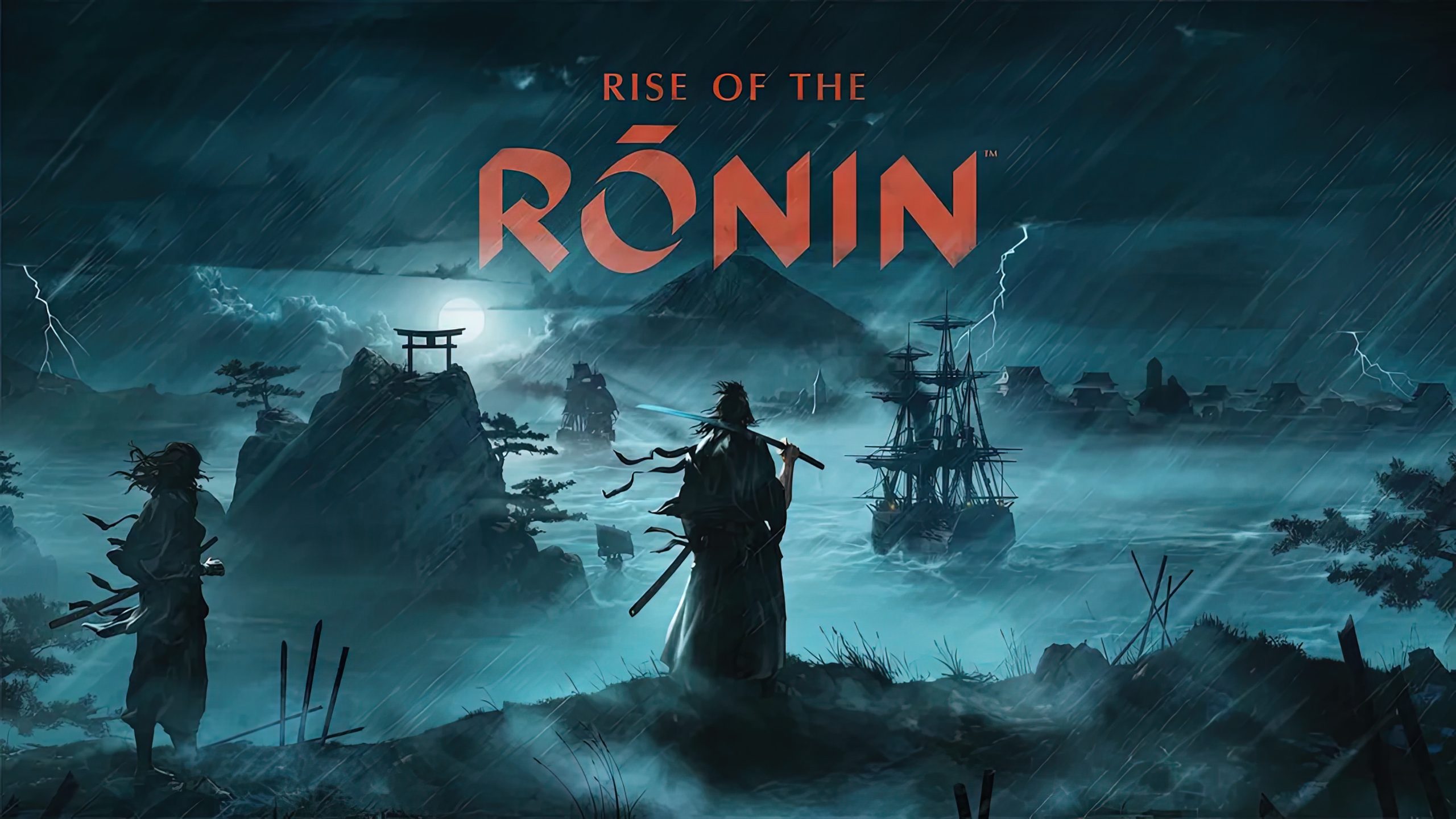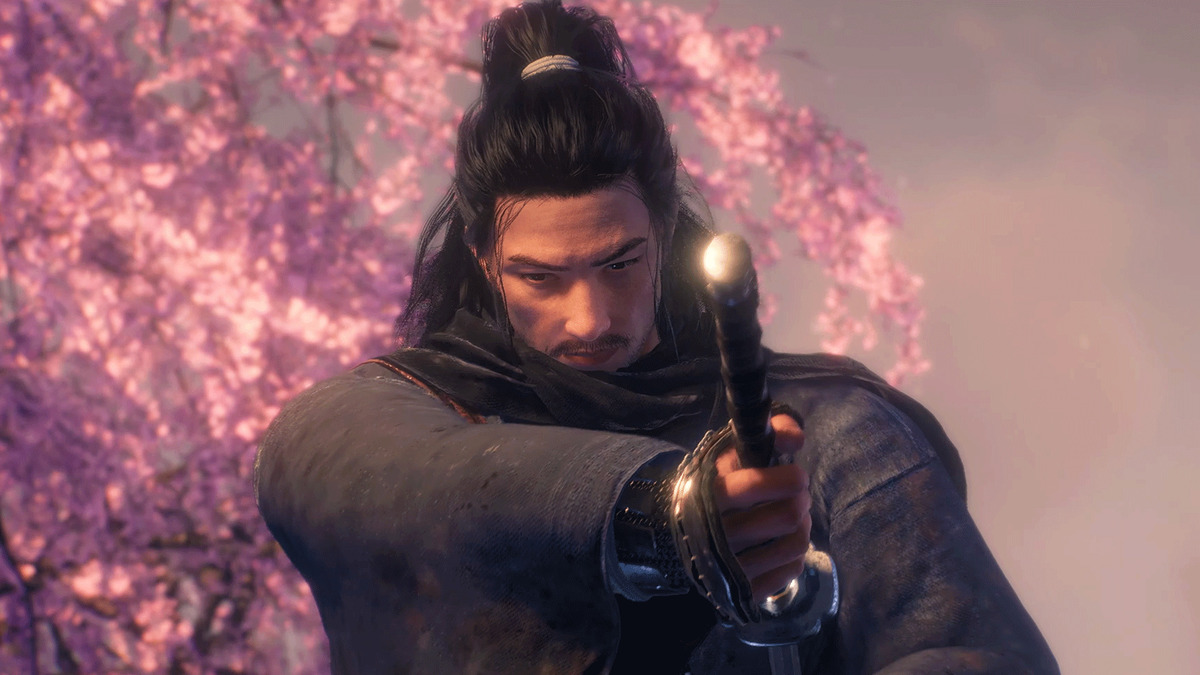Less than two years after its announcement, Rise of the Ronin is finally arriving on PlayStation 5 as a full exclusive title. Indeed, following the release anticipation and particularly the announcement of Ghost of Tsushima 2 by Sucker Punch in the United States, Sony reached out to Japanese studio Team Ninja to provide their community with a new exclusive game while simultaneously setting the scene in ancient Japan during the Bakumatsu period, which is seldom portrayed in video games. If you follow me on social media, you may have noticed that between the first trailer released in 2022 and recent gameplay sequences shown a few weeks ago, I pointed out the significant downgrade the game has experienced. After all, Team Ninja is not known for its graphical or technical excellence but rather for its challenging gameplay. However, with Rise of the Ronin, there’s an additional challenge as the Japanese studio now ventures into open-world games, which are notoriously difficult to master. Therefore, a critical question emerges: have the creators of Ninja Gaiden, Nioh, and the recent Wo Long surpassed their previous work?
“HEY, THAT’S NOT BAD FOR A PS3 GAME!”
If you place great importance on graphics, you will undoubtedly notice issues when playing the game. Textures are often blurry and pixelated, decorative elements can appear overly cubical or geometric, non-player character (NPC) modeling is rudimentary, clipping is so severe that it surpasses recent Zelda games like Breath of the Wild and Tears of the Kingdom on Nintendo Switch in terms of visual quality issues, and animations can be difficult to watch. While these flaws are less noticeable during intense action and combat, they become glaringly obvious when exploring the open world. NPCs have limited behaviors and sometimes appear static, and the galloping horse animation is notably poor, raising questions about whether the developers have observed real horses in motion. Team Ninja has never been renowned for their visuals, but they have delivered directive games thus far, creating an illusion that masks technical shortcomings. However, venturing into open-world development, the studio’s limitations become apparent, proving that mastering open-world game creation is not a skill easily acquired. This somewhat amateurish aspect (if we may use the term) becomes evident when seeking engaging activities within the open world. Unlike Ghost of Tsushima, where one could find iconic locations with strong atmosphere and color schemes, Rise of the Ronin lacks variety in its biomes and overall design.
It is somewhat unfortunate because the map is divided into several regions accessible after a loading time. This could have been an opportunity to mark each part with precise biomes; however, Team Ninja has not shown much diversity in this regard. The game features numerous meadows, forests, and a large number of abandoned villages, but little else. Additionally, the game clearly lacks verticality and interest. While the initial hours allow players to become familiar with the activities, it soon becomes repetitive. There are primary missions that one cannot avoid if they wish to explore the map, specifically the “public order” missions. These involve rescuing enemy-occupied villages or lawless areas in order to reveal other points of interest nearby. Discovering new locations or sanctuaries, saving widows and orphans, delivering relics to specific people – after 10/15 hours of gameplay, it quickly becomes apparent that one has experienced everything the game offers, especially considering that the sequel is unfortunately identical.
9 YEARS OF DEVELOPMENT (!)
It is unfortunate because there were interesting aspects to develop given the proposed political context of the game. The period focuses on the end of the Shogunate and the arrival of Westerners forcing Japan to open through trade. There are betrayals, convictions, and reversals, but the game lacks narrative depth and, above all, Team Ninja has never been noted for their storytelling or writing finesse. Additionally, there is a lack of staging, making it difficult to enjoy following these samurai stories. Everything feels flat and unengaging, whether it’s constructing major missions crucial for the scenario or just the dialogues; there clearly is a lack of skill. Regarding this, one hopes you are not allergic to shots/counter-shots, as that is all you will endure during the 30 hours needed to finish the game.
GAMEPLAY: TEAM NINJA’S CRAFTSMANSHIP – RISE OF THE RONIN—Rise of the Ronin, developed by Team Ninja and exclusive to PlayStation 5, immerses players in Japan’s Bakumatsu period—a setting that is uncommon in video games. The game aims for open-world exploration but encounters significant challenges due to Team Ninja’s limited experience with this genre. Graphical issues are evident, including blurry textures, overly geometric elements, and poor character and horse modeling. While action sequences help conceal these flaws, exploring the world exposes repetitive missions focused on liberating occupied villages, delivering relics, and saving citizens—all with little variety. The game’s narrative attempts to delve into political intrigue amidst Japan’s Shogunate’s end and Western influence but fails due to a lack of storytelling finesse and unengaging dialogue. Despite nine years of development, Rise of the Ronin falls short in providing captivating gameplay and visual polish, making it a disappointing release from Team Ninja, given their reputation for demanding gameplay in previous titles like Ninja Gaiden and Nioh.
I understand you may be concerned given the criticisms I have mentioned, but it is important to note that “Rise of the Ninja” also has strong points in its favor. One such strength is its gameplay. The Japanese studio is renowned for its expertise and standards in combat mechanics, and this game adheres to those high standards. Drawing from their recent titles like Nioh and Wo Long, Rise of the Ninja offers a more accessible approach, likely at Sony’s request, positioning it for broader appeal. Nevertheless, the intensity of the confrontations, primarily hand-to-hand combat, remains intact through effective management of stamina, timing, evasion, and reading enemy patterns. While these elements can be challenging at times, they are not insurmountable. The game features light attacks that can be chained using Square, alongside a heavier attack with Triangle, which also functions as a counter when timed correctly during an enemy strike. This can destabilize enemies and provide you with better opportunities to defeat them, considering that enemy health varies based on their power, build, and attributes. These dynamics are visually represented by two gauges displayed above the enemies. The yellow gauges are shared between players and enemies alike, adhering to the same rules. There is a red health bar and a blue stamina gauge, known as Ki in the game, which depletes with each action: attacking, guarding, evading, or even receiving hits. Once this blue gauge is depleted, you become immobilized by fatigue and vulnerable to instant death from powerful enemies.
There is indeed a strategic element to managing battles, as you can change fighting stances dynamically during combat. Four such stances are available, each enhancing both the stylistic representation of your samurai character and their combat effectiveness. Additionally to the meters displayed, there is a symbol above enemies that indicates how well the chosen stance works against them. Essentially, an upward-pointing arrow signifies that your combat technique is highly effective for easily defeating the opponent. A downward-pointing arrow indicates that defeating the enemy will be more difficult. If the symbol is neutral, it means using this stance neither provides an advantage nor a disadvantage in the battle.
I.A. & INFILTRATION TO DIE OF LAUGHTER
If the combats are primarily with melee weapons, offering a variety such as katana, spear, odachi, and dual swords, the game also includes firearms like pistols or rifles which are equally effective for enhancing combos or engaging enemies from a distance. Additionally, there is the bow, shurikens, and grenades, contributing to the enjoyable gameplay of Rise of the Ronin. However, Team Ninja’s performance in stealth segments is disappointing due to the poor enemy artificial intelligence (AI). Enemies appear deaf and blind, making stealth kills ineffective as they fail to detect your presence even when you are nearby or when a neighboring enemy has been violently assassinated just two meters away.
However, there is a notable feature in the game that involves completing certain missions with multiple samurai, ranging from two to three alongside other major story characters that can be controlled at any time. This not only varies the gameplay but also ensures additional energy when confronting tougher bosses. If your energy drops to zero, you automatically switch places with your partner, allowing for a strategic defeat if timed correctly during their attack.
OLD JAPAN: CRITICAL REVIEW
The game “Rise of the Ronin,” developed by Team Ninja for PlayStation 5 exclusivity, presents players with both strengths and weaknesses. Set in ancient Japan during the Bakumatsu period, it features a combat system that is praised for its strategic depth and accessibility, reflecting the studio’s expertise seen in previous titles like Nioh and Wo Long. Despite notable graphical issues such as blurry textures and poor character models compared to earlier Team Ninja games, the game offers a variety of weapons including firearms and allows players to control other characters during missions, adding diversity and complexity through energy management. Character progression is quick and rewarding, with extensive customization options for combat styles, attributes, and skills. Although it suffers from an open world lacking in diversity and engaging activities, as well as a narrative described as flat and uninspired, “Rise of the Ronin” succeeds in capturing the atmospheric essence of old Japan through its gameplay mechanics, particularly in combat scenarios where four distinct fighting stances influence combat effectiveness. The game’s AI, however, struggles in stealth segments, detracting from the overall experience.
Have any thoughts?
Share your reaction or leave a quick response — we’d love to hear what you think!




